Couples Therapy for Substance Abuse in Oklahoma City: Healing Relationships in Addiction Recovery
Oklahoma City Couples Rehab centers Near Me
Substance abuse can take a toll on relationships, causing strain, mistrust, and communication breakdowns. Couples who struggle with addiction often find it challenging to maintain healthy relationships and may experience a cycle of destructive behaviors. However, there is hope for couples seeking to rebuild their lives and heal their relationships in Oklahoma City. Couples therapy for substance abuse offers a supportive and structured approach to address addiction and its impact on relationships. This article explores the importance of couples addiction therapy, couples rehab for substance abuse, and relationship counseling in the context of Oklahoma City.
Oklahoma City Couples Rehabs Near Me 888-325-2454 Call Now
Understanding Couples Addiction Therapy
Couples addiction therapy is a specialized form of therapy that focuses on both the individual’s recovery from substance abuse and the couple’s relationship dynamics. It aims to address the unique challenges faced by couples dealing with addiction and helps them develop healthier coping mechanisms, communication skills, and strategies for rebuilding trust. By working together, couples can support each other’s recovery journey and strengthen their bond.
The Benefits of Couples Addiction Therapy
1. Enhanced Communication: Substance abuse often leads to communication breakdowns, with individuals resorting to manipulation, deception, or withdrawal. Couples therapy provides a safe space for open and honest communication, allowing partners to express their feelings, concerns, and needs effectively.
2. Rebuilding Trust: Addiction can severely damage trust within a relationship. Couples therapy helps partners understand the underlying causes of addiction and rebuild trust through transparency, accountability, and consistent support.
3. Shared Goals and Support: Couples addiction therapy encourages partners to set shared goals for recovery and provides a supportive environment for both individuals to work towards their sobriety. It fosters a sense of teamwork and mutual understanding.
4. Relapse Prevention: Couples therapy equips partners with relapse prevention strategies, helping them identify triggers, develop coping mechanisms, and build a strong support network to maintain long-term recovery.
Couples Rehab for Substance Abuse in Oklahoma City
Oklahoma City offers various couples rehab programs specifically designed to address substance abuse and its impact on relationships. These programs combine evidence-based therapies, individual counseling, and couples therapy to provide comprehensive support for couples seeking recovery.
1. Recovery Center
Recovery Center in Oklahoma City provides specialized couples rehab programs that focus on relationship healing in addiction recovery. Their team of experienced therapists and addiction specialists offer individual and couples therapy sessions, group support, and educational programs to address substance abuse and its impact on relationships.
2. ABC Treatment Facility
ABC Treatment Facility is another reputable rehab center in Oklahoma City that offers couples-focused addiction treatment. They provide a range of evidence-based therapies, including cognitive-behavioral therapy (CBT), dialectical behavior therapy (DBT), and family counseling to support couples in their recovery journey.
Couples Therapy for Substance Abuse in Oklahoma City
Couples therapy for substance abuse in Oklahoma City is an essential component of addiction recovery. It helps couples understand the underlying causes of addiction, develop healthier coping mechanisms, and rebuild their relationship on a foundation of trust and support.
1. Individual Counseling
Individual counseling plays a crucial role in couples therapy for substance abuse. Each partner receives personalized counseling to address their unique needs, triggers, and challenges. Individual therapy sessions allow individuals to explore their personal journey of recovery and develop strategies for maintaining sobriety.
2. Couples Counseling
Couples counseling sessions provide a safe and non-judgmental space for partners to work through their issues and rebuild their relationship. Therapists help couples identify unhealthy patterns, improve communication, and develop strategies for managing triggers and stressors. Couples counseling also focuses on enhancing intimacy, rebuilding trust, and setting shared goals for recovery.
3. Group Therapy
Group therapy is an integral part of couples therapy for substance abuse in Oklahoma City. Participating in group sessions allows couples to connect with others facing similar challenges, share experiences, and learn from one another. Group therapy provides a sense of community and support, reducing feelings of isolation and promoting long-term recovery.
Healing Relationships in Addiction Recovery
Healing relationships in addiction recovery requires commitment, dedication, and professional support. Oklahoma City offers a range of resources and programs to help couples navigate the challenges of substance abuse and rebuild their relationships.
1. Open and Honest Communication
One of the key elements of healing relationships in addiction recovery is open and honest communication. Couples must create a safe space for dialogue, actively listen to each other, and express their needs and concerns without judgment. Effective communication fosters understanding, empathy, and trust.
2. Rebuilding Trust
Rebuilding trust is a gradual process that requires consistency, transparency, and accountability. Couples must be willing to make amends, take responsibility for their actions, and demonstrate trustworthy behavior. Trust can be rebuilt through open communication, setting boundaries, and following through on commitments.
3. Setting Boundaries and Establishing Supportive Environments
Setting boundaries is crucial in maintaining sobriety and healing relationships. Couples must establish clear boundaries regarding substance use, triggers, and unhealthy behaviors. Creating a supportive environment that promotes sobriety and healthy habits is essential for long-term recovery.
4. Seeking Professional Help
Professional help is instrumental in healing relationships affected by substance abuse. Couples therapy provides the necessary guidance, tools, and support to navigate the complexities of addiction recovery. Therapists can help couples identify underlying issues, develop coping mechanisms, and rebuild their relationship in a healthy and sustainable way.
Conclusion
Couples therapy for substance abuse plays a vital role in healing relationships and supporting recovery in Oklahoma City. By addressing addiction as a couple, individuals can strengthen their bond, rebuild trust, and develop healthier coping mechanisms. Seeking professional help and participating in specialized couples rehab programs can significantly improve the chances of long-term recovery and a fulfilling relationship. Remember, healing is possible, and with the right support, couples can overcome the challenges of substance abuse and build a brighter future together.
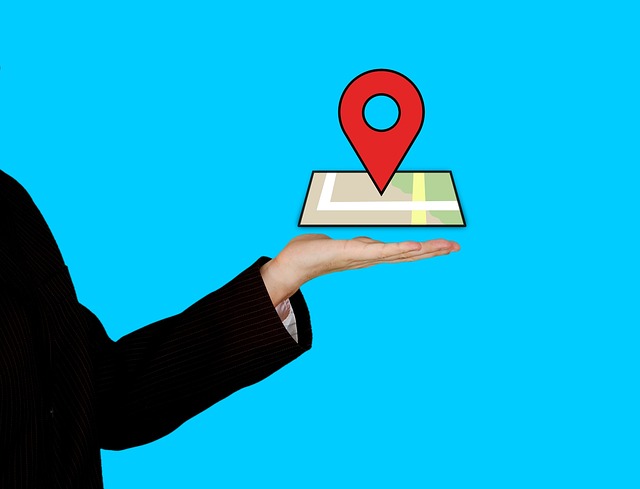

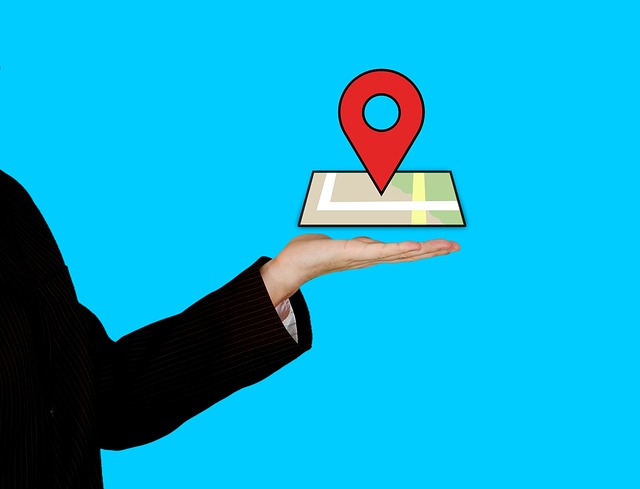
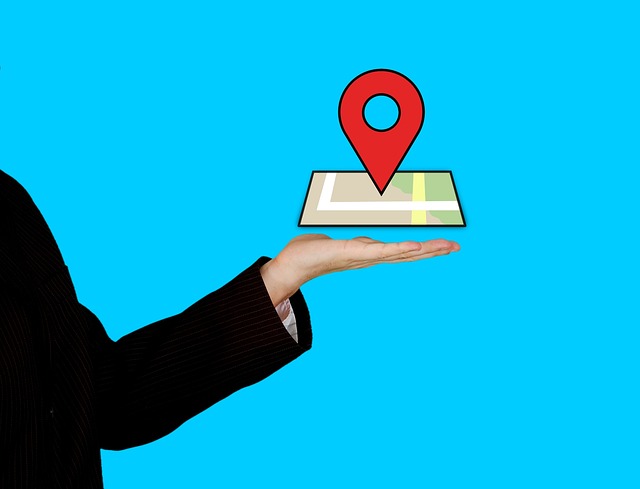
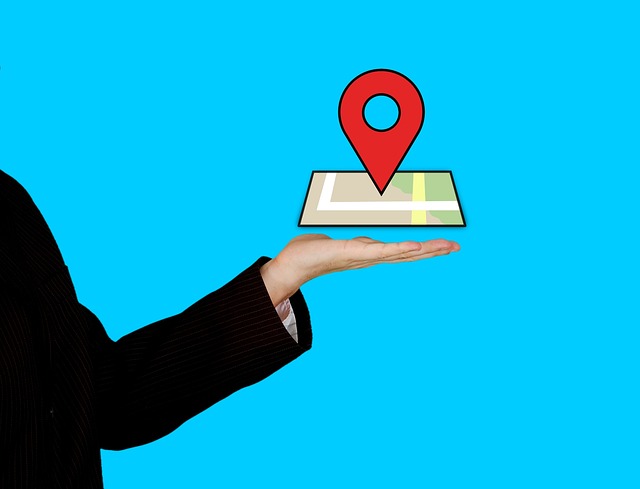
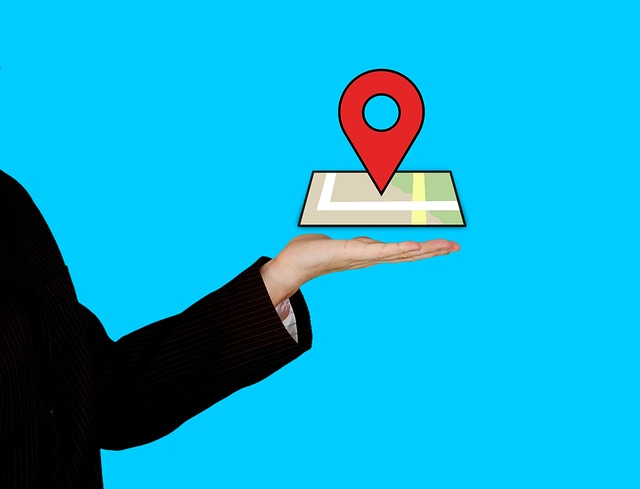
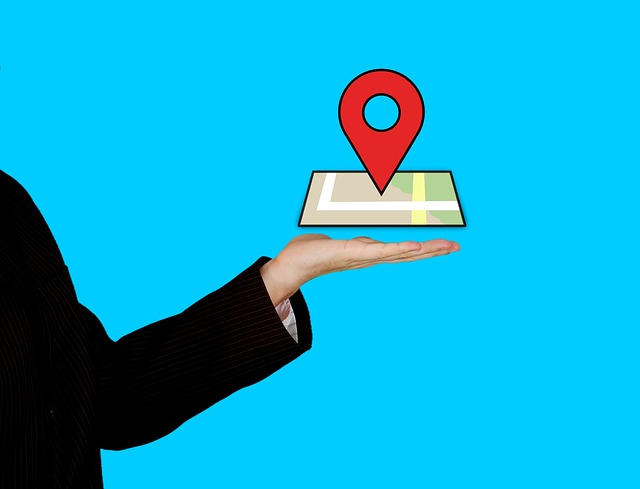
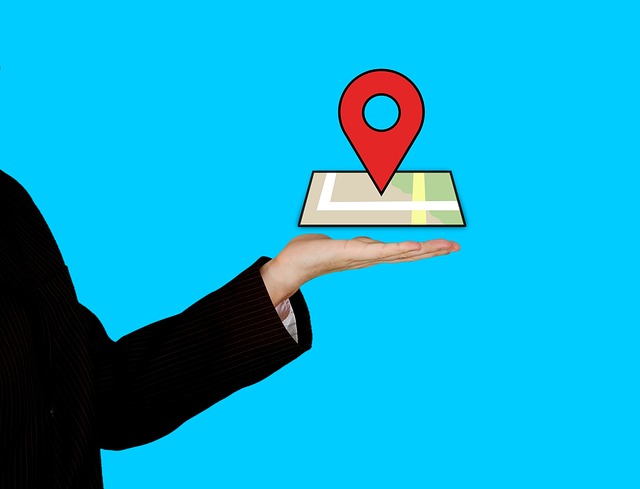

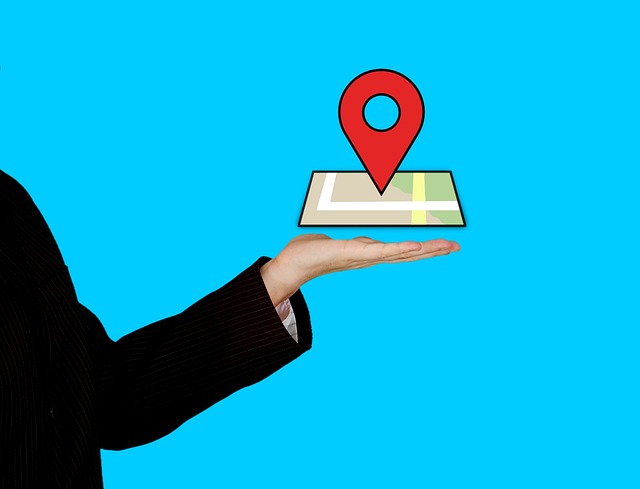
Recent Comments